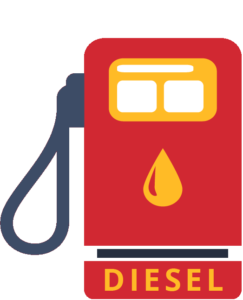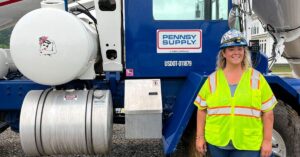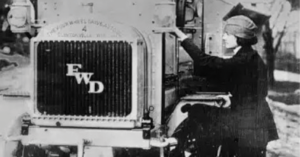Aftermarket parts distributors are grappling with the same issues as others in the trucking industry, including industry consolidation, and adapting to better serve young customers and employees.
Those issues and more were top of mind during a panel discussion on the topic during Heavy-Duty Aftermarket Dialogue. Here are some key takeaways:

Consolidation to continue
Expect more consolidation of fleets, dealers, distributors and suppliers, predicts Tina Hubbard, president and CEO of HDA Truck Pride. She worries that some of the buyers may not be as aftermarket-focused as the companies they acquire. She also has concerns about “tribal knowledge” leaving the industry as that consolidation occurs.
Mike Harris, president of FleetPride Heavy Duty Parts and Service, agreed the trend of consolidation will continue, and as it does so, he emphasized the need for communication.
“When there’s a lack of communication, a lot of challenges arise,” he said. “We want to understand how that [consolidation] is going to impact our organization, the broader industry, and customers as well. It’s very important we are aligned strategically long-term through whatever that transition is to ensure the supply chain stays healthy.”
Brad Fulkerson, president and CEO of Aurora Parts and Accessories, urged decisionmakers to ensure the aftermarket doesn’t become an afterthought post-consolidation.
Business owners looking to exist may want to consider an employee share ownership plan (ESOP), suggested Hubbard, which re-energizes employees who now find themselves part owners of the business.
Digital adoption
Fulkerson suggested that the industry must better adapt to the styles of younger workers.
“We see more digital orders coming into our branches,” he said. “The roles themselves may have to adapt to accommodate the increase in digital orders.”
He added, “There’s a generational gap in the way business is done in heavy-duty, and in the way a 25-year-old wants to do business.”
This is true for customers, and those serving them, he noted. “A lot of 25-year-olds don’t want to sell or be sold to face-to-face. We have to keep an eye toward not only how they are working today, but how we’re going to set that talent up to have success in our industry going forward.”
Harris agreed, adding distributors must do more to accommodate young employees and train them how they want to learn. “As the younger generation enters the workforce, we need to have the capability to take care of not only them, but customers, and those expectations are changing at a faster pace than most of us.”
Fulkerson said the industry needs to reimagine the role of the parts counterperson.
“We presume everybody wants to pick up the phone,” he said. “The new generation expects to find that information and identify that part online.”
For suppliers, failing to make that information readily available online could cause a counterperson to not pass along details about your part.
“Without good product data and images, they’re going to buy a competitor’s part regardless of whatever brand loyalty you have,” suggested Fulkerson.
And to emphasize that point, Hubbard noted even how we order McDonald’s has evolved; we now use an app or kiosk rather than asking the counterperson for our order.
How are inventories?
Asked about current parts inventory levels, distributors admitted they were overcautious and overstocked.
“We are overinventoried by quite a bit,” Fulkerson admitted. “As the supply community gets itself together and lead times come down and shipments arrive as expected and demand stabilizes, we think we’ll be able to run that number down to a more historical level. But we have quite a bit of extra cushion in our system today.”
HDA Truck Pride’s Hubbard agreed. “Some members cut back on inventory, but there’s still a bit of speculation. It’s gotten a lot better but it’s still not back to where we were before.”








